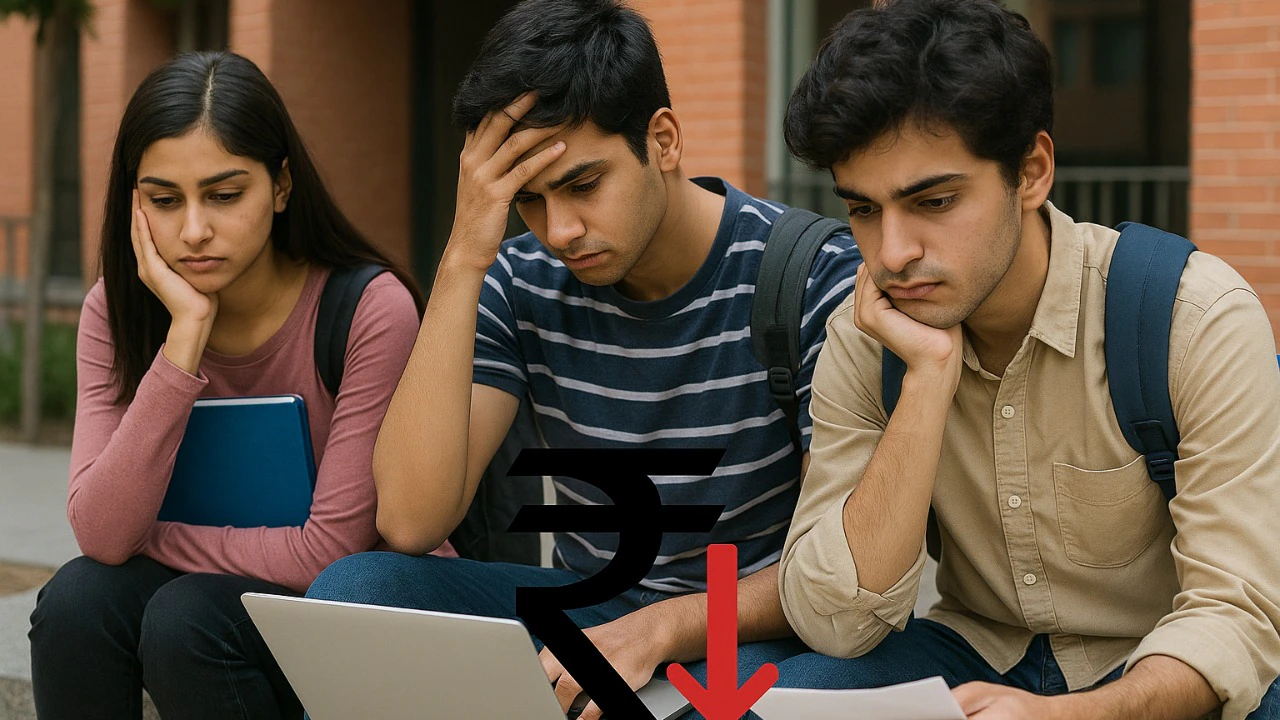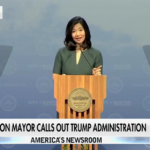upGrad, the Indian ed‑tech firm that has long helped students study abroad, is now navigating a changing world. With fewer Indian students heading to the U.S. and U.K. For folks wanting to get more schooling, the company’s changing things up. They’re doing more deals in different regions, adding online and mix-and-match options, and searching for places where costs, visas, and what you get out of studying there make sense for families.
What’s Up with the Change?
It’s not just about what students dream of anymore—it’s about what’s real. Last year, upGrad’s surveys showed fewer Indian students are picking U.S. schools. The numbers went down from 60% in 2024 to 47% in 2025. Loads of people think it’s because of tougher visa rules, rising costs (school and living), and iffy chances of getting a job or staying put after school. The usual go-to spots don’t seem as great anymore.
Students are looking hard at what they can pay for, what they want to get back, and how much risk they can handle. If going to school overseas is super pricey and visas are hit or miss, things change. So, more families are game for next-door choices or learning online or a bit of both.
upGrad’s New Move
Since upGrad gets that these shifts aren’t just a fad, they’re changing with the times. Here’s what they’re focusing on:
**Going Big in Asia-Pacific & the Middle East**: upGrad’s teaming up with schools in Singapore, Malaysia, Dubai, and Doha. These schools often give you a legit degree from somewhere else for less money and with less visa stress.
**Checking Out New Spots**: They’re looking at countries like Vietnam, Bangladesh, Nepal, and Sri Lanka. People there want degrees from other countries, and it’s cheaper to study there.
**Mix-and-Match Classes**: upGrad’s already big in online learning, and now they’re pushing combo degrees, learning from afar, and plans that let you do part of your degree at home or online before finishing up overseas. This cuts down on money, planning, and visa troubles.
What It Means for Students & Families
This change means you don’t have to move across the world for your whole degree to get one from a global university. You could study mostly in India, Asia, or the Middle East, with short trips abroad or your degree being recognized from elsewhere.
How people make decisions is changing too. Instead of just going for the fanciest school, students and parents are thinking hard about costs, how easy it is to get a visa, job chances after school, safety, and living costs.For many middle-class families, this makes foreign schooling available to everyone. These new setups could make things fairer for those who couldn’t afford it or had visa problems before.
What upGrad’s doing shows that the dream of studying in another country is still alive, but how people do it is changing. Students no longer must choose only the traditional paths. New destinations, better hybrid models, improved regional options, and more practical cost‑benefit trade‑offs are emerging.This may be the moment when the definition of “global education” itself evolves less about where you physically land, more about quality, flexibility, and what you make of the opportunities. For many Indian students, upGrad’s shift means the dream of international education may be easier, smarter, and more accessible not necessarily across the ocean, but toward a future that is global in every sense.










